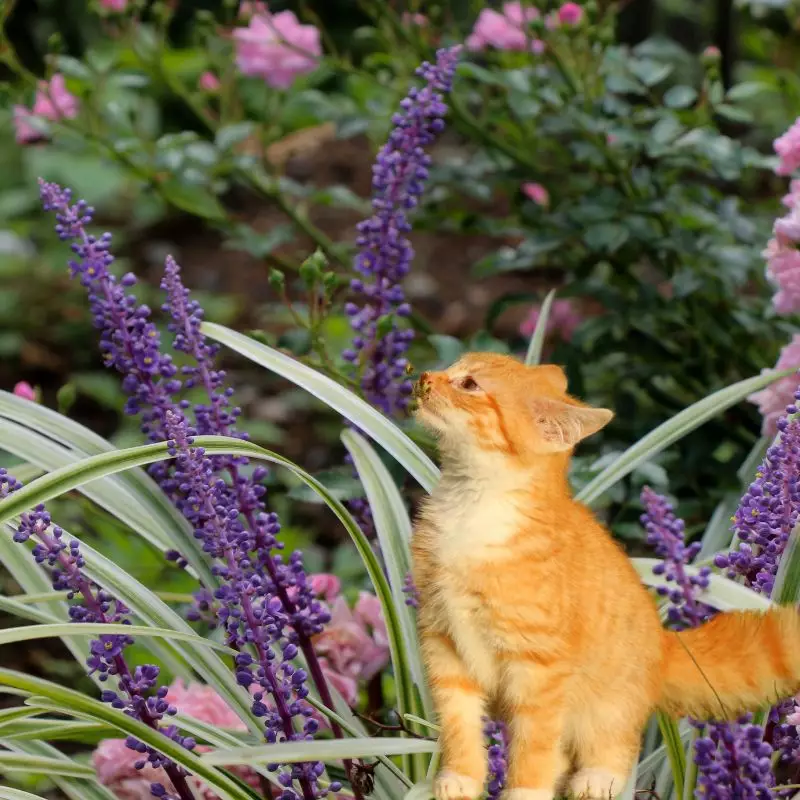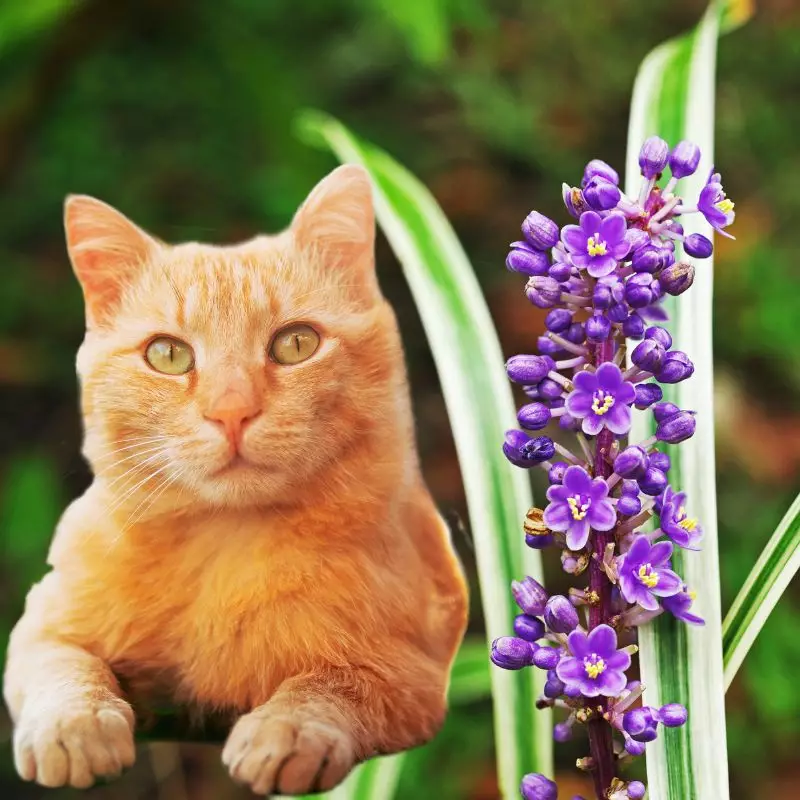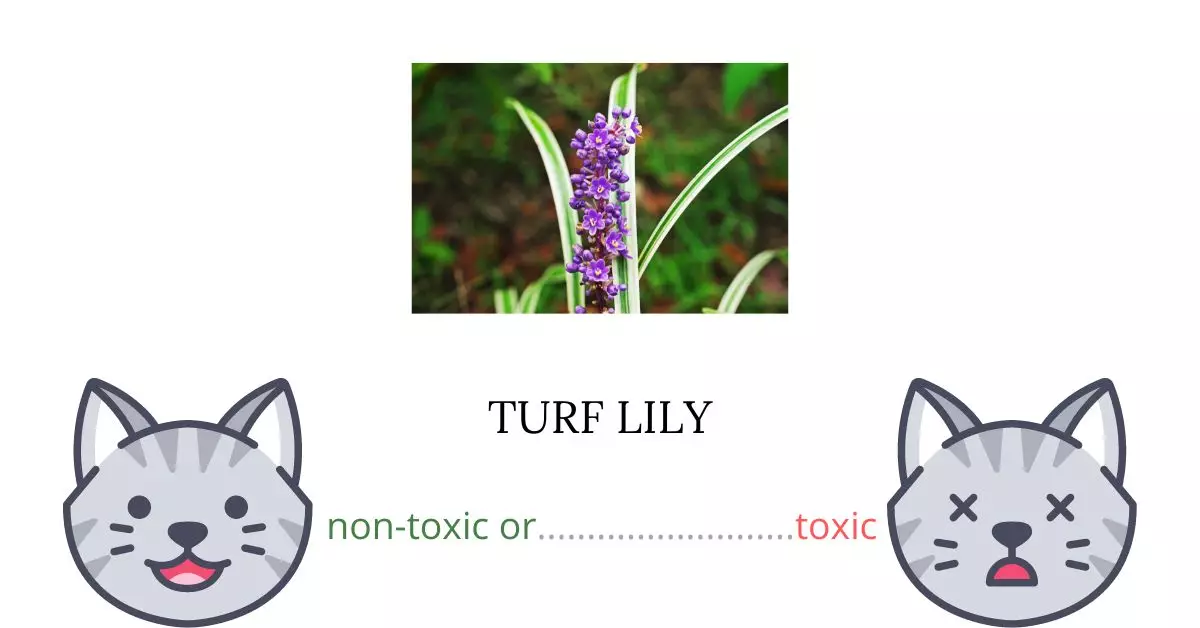Turf Lily is not toxic to cats; it’s classified as one of the non-toxic plants for felines.
This article has been written in collaboration with a team of experienced DVMs (doctors of veterinary medicine). Through their expert insights, we are equipped to provide accurate and up-to-date information concerning the potential risks associated with various plants, particularly the Turf Lily, and its effects on cats. Furthermore, our findings are reinforced by thorough research from high-authority websites such as the ASPCA and PetMD.
While the Turf Lily is deemed non-toxic, it is essential to note that this does not necessarily mean it should be consumed by cats.
Can Cats Eat Turf Lily?

Like any other plants, it is not recommended for cats to eat turf lilies. It may not hurt them to have a small bite of the plant because it does not have poisonous content. However, eating huge quantities may lead to indigestion and other GI tract problems.
Because cats are scientifically obligate carnivores, their stomachs are not capable of digesting plant matter. As a result, too much plant matter makes them experience an upset stomach. This condition may show signs of vomiting and diarrhea. Though the symptoms will eventually go away, it can be still uncomfortable for your cats.
What is Turf Lily?

Turf lily is a flowering plant native to East Asia. It is also commonly known for its other names such as big blue lilyturf, lilyturf, border grass, and monkey grass. This small herbaceous perennial, scientifically known as Liriope muscari, has grass-like evergreen foliage and lilac-purple flowers that produce single-seeded berries on a spike in the fall. It is a North American invasive species that pose a threat to native wildlife.
It usually reaches a height of 30–45 cm (12–18 in). The plant has clumps of strap-like, arching, glossy, dark green leaves that are up to a half inch wide. It has fibrous roots and frequently has terminal tubers. In late summer, the dense whorls of tiny, showy flowers, which range in color from white to violet-purple, rise above the leaves on erect spikes. Turf lily flowers have a grape hyacinth (Muscari) resemblance, hence the specific epithet.
Keeping Cats Away From Turf Lily

Cats will steer clear of plants that taste or smell bad. Cats dislike the scent of citrus, so it’s common practice to cover the soil in citrus rinds to deter them from eating plants.
You can also try diluting a few spoons of mustard in water and applying it to plants where your cat is causing damage. Mustard works wonders as a cat repellent. The repellent can then be applied using a spray, and you can repeat the process approximately every two days.
Pepper also works well to keep cats away from your lovely plants. For best results, start with freshly ground black pepper; if not, use a pepper mill you can buy from a store. Simply sprinkle this on your cat’s preferred plants.
Plants to Avoid For Your Cats
If you are a cat owner and unsure if the plants growing in your yard are harmful to your cats, check out this list of toxic plants for cats. You can also check our list of non-toxic plants for cats.





